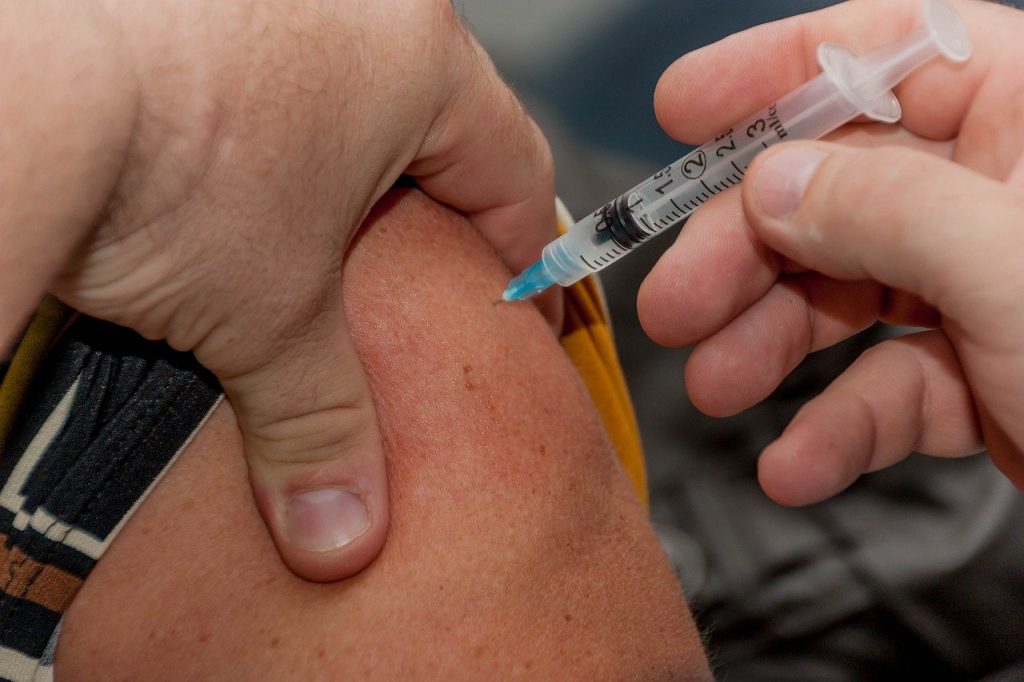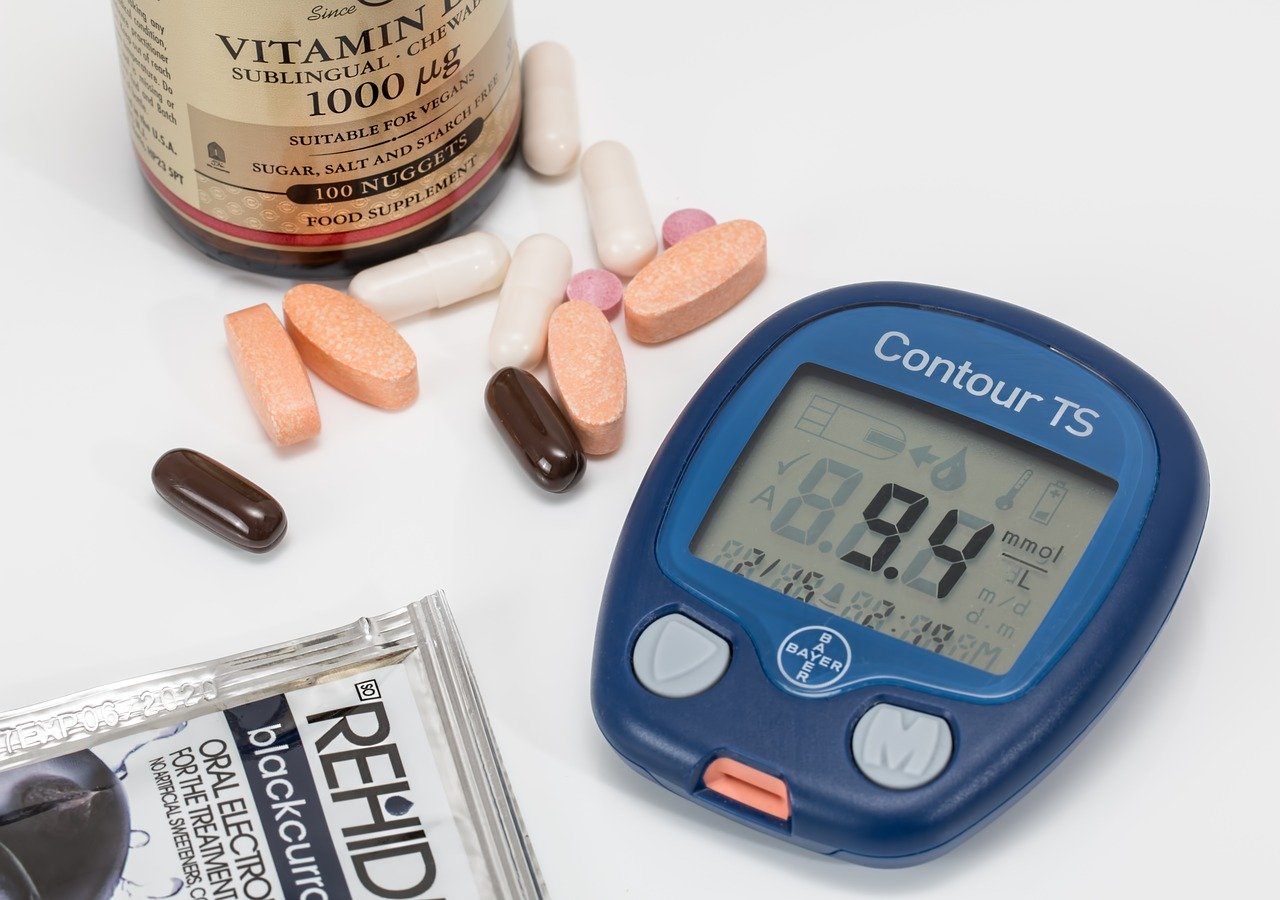New research uses an innovative technique to convert human stem cells into insulin-producing beta cells much more effectively. Insulin-producing cells created “quickly cured” type 1 diabetes in mice, and the benefits lasted 9 months.
Up to 187,000 children and adolescents in the United States were living with type 1 diabetes in 2018.
Another 1.4 million people over the age of 20 have the condition and handle it with insulin, according to the same statistics from the Centers for Disease Control and Prevention (CDC).
In type 1 diabetes, a faulty autoimmune response causes the immune system to attack and destroy insulin-producing beta cells within the pancreas.
Previous research has indicated that human pluripotent stem cells (hPSCs) are a possible therapeutic pathway for type 1 diabetes.
Pluripotent stem cells are an attractive option for researchers from a therapeutic point of view because they can self-renew in laboratory cultures and can differentiate into a variety of cell types.
Researchers have previously used hPSC to create insulin-producing beta cells. However, they were unable to do so effectively enough to cure type 1 diabetes.
Jeffrey R. Millman, Ph.D., assistant professor of medicine and biomedical engineering at Washington University School of Medicine in St. Louis, is the principal investigator of the new study, which managed to overcome these earlier obstacles.
It explains the challenges that stopped scientists’ progress so far. He says: “A common problem when you try to transform a human stem cell into an insulin-producing beta cell, or a neuron or a heart cell, is that you also produce other cells you don’t want.”
“In the case of beta cells, we could get other types of pancreatic cells or liver cells.” While the implantation of these unnecessary, or “off-target” cells does not cause any harm, Millman further explains that creating more of them compensates for the number of therapeutically useful cells.

Stem cell “quickly cured” severe diabetes
Millman and his team transplanted islet-sized “aggregates” of HPSC-differentiated beta cells in mice with type 1 diabetes.
Pancreatic islets are groups of cells located in the pancreas. Some of these cells are insulin-producing beta cells.
This transplant procedure “quickly reversed severe pre-existing diabetes in mice,” the authors write in their paper. The new stem cell protocol “can quickly cure pre-existing diabetes in mice,” they later emphasize.
The reversal occurred at a rate similar to that of human islets, and normal blood sugar control was maintained for at least 9 months.
“We were able to produce more beta cells, and those cells work better in mice, some of which remained cured for more than a year.”
Jeffrey Millman
The principal investigator continues to report on highly significant findings.
“These mice had very severe diabetes with blood sugar readings of more than 500 milligrams per deciliter of blood (mg/dL) – levels that could be fatal to a person – and when we gave the mice the insulin-secreting cells, in 2 weeks their blood glucose levels returned to normal and remained so for many months.”
However, the researcher also explains that there are a few more steps to take before research can help humans.
First, researchers must test cells on larger animals and then find a way to automate the new technique to produce the billions of cells needed for the millions of people who have type 1 diabetes.








